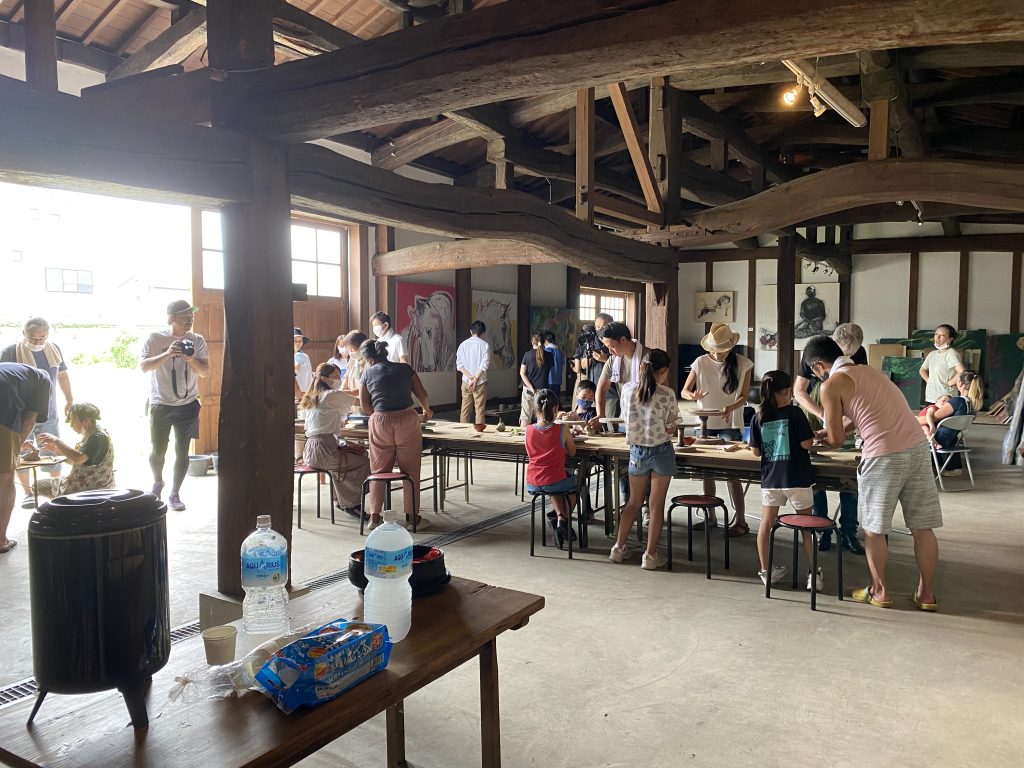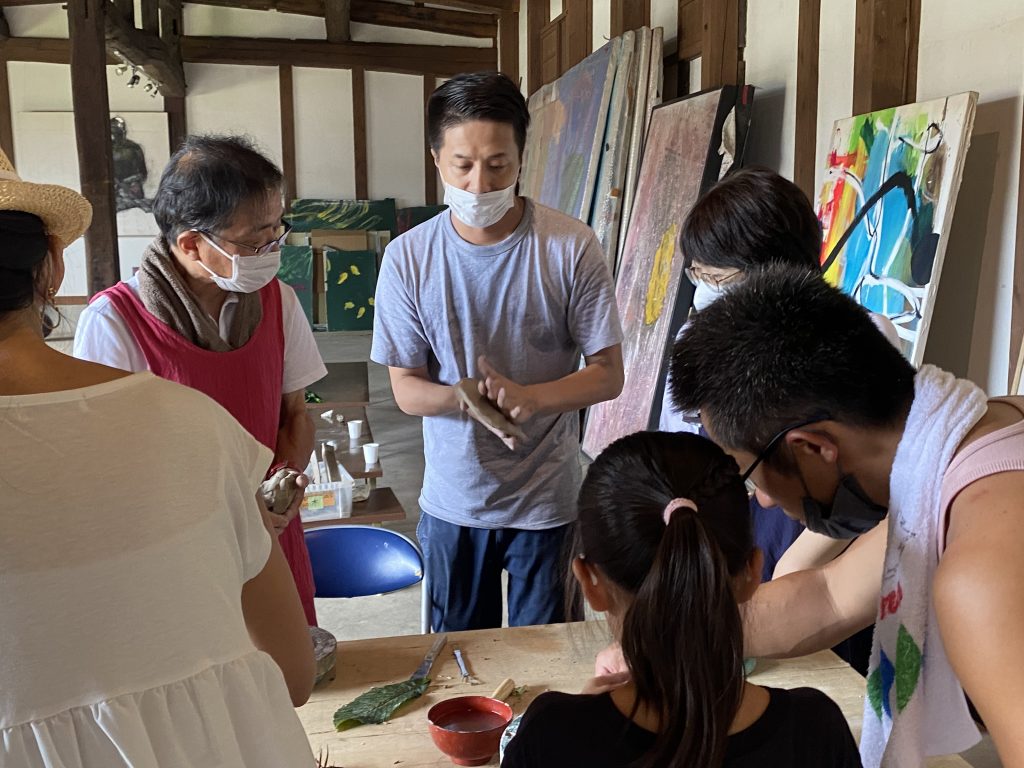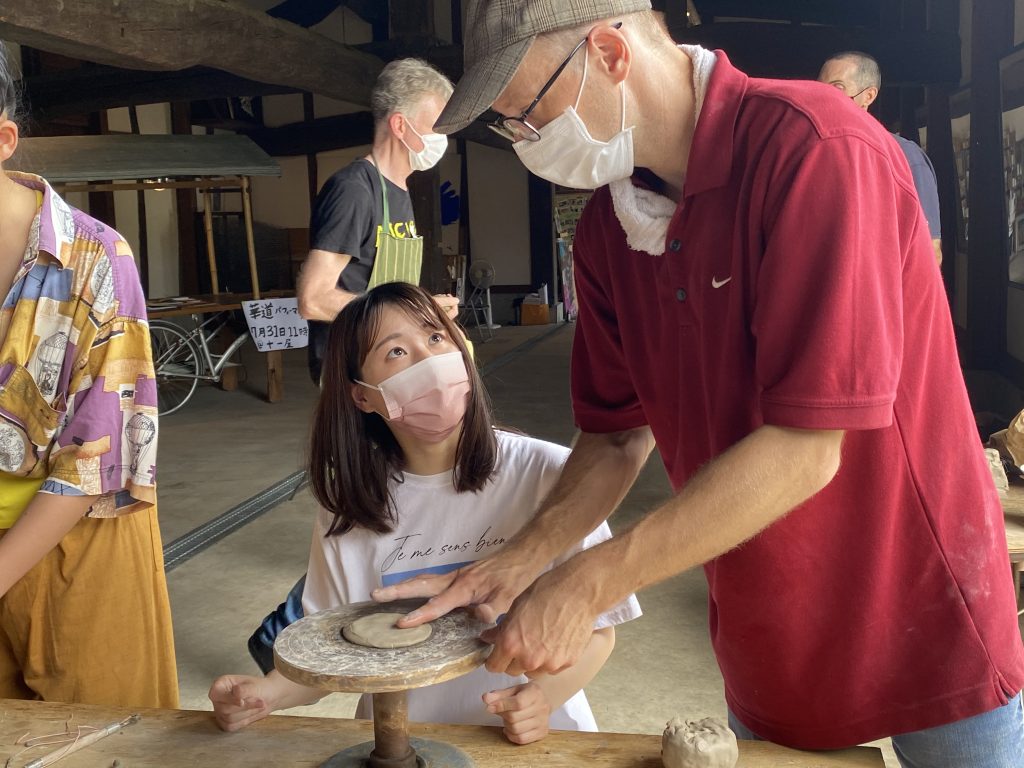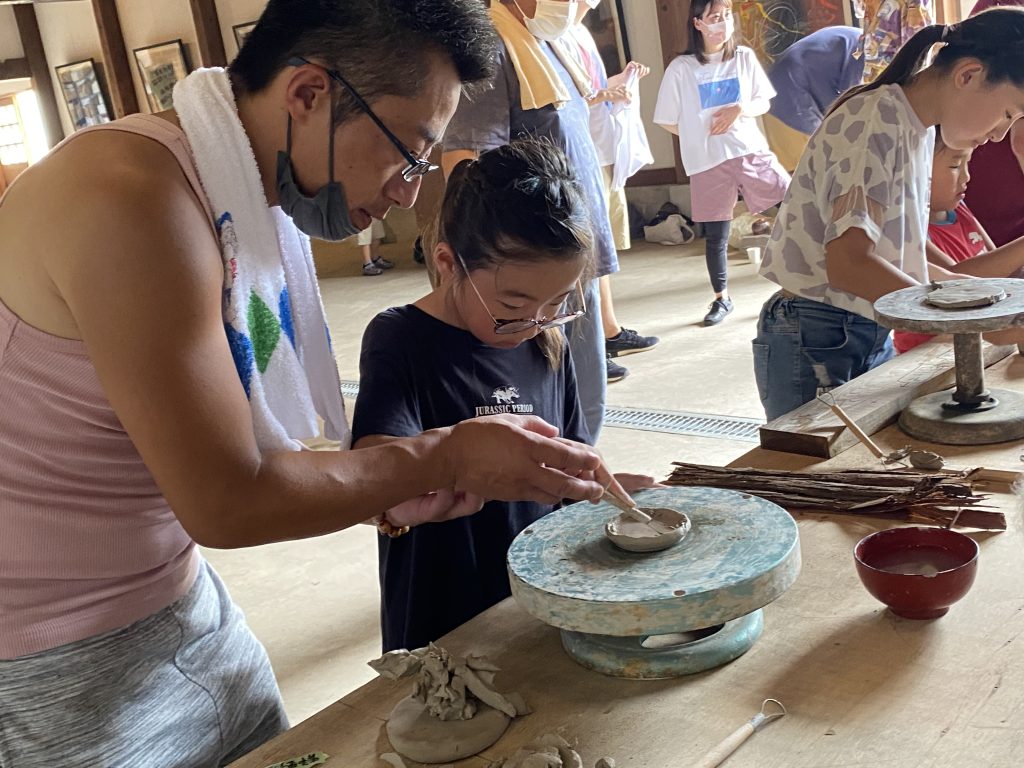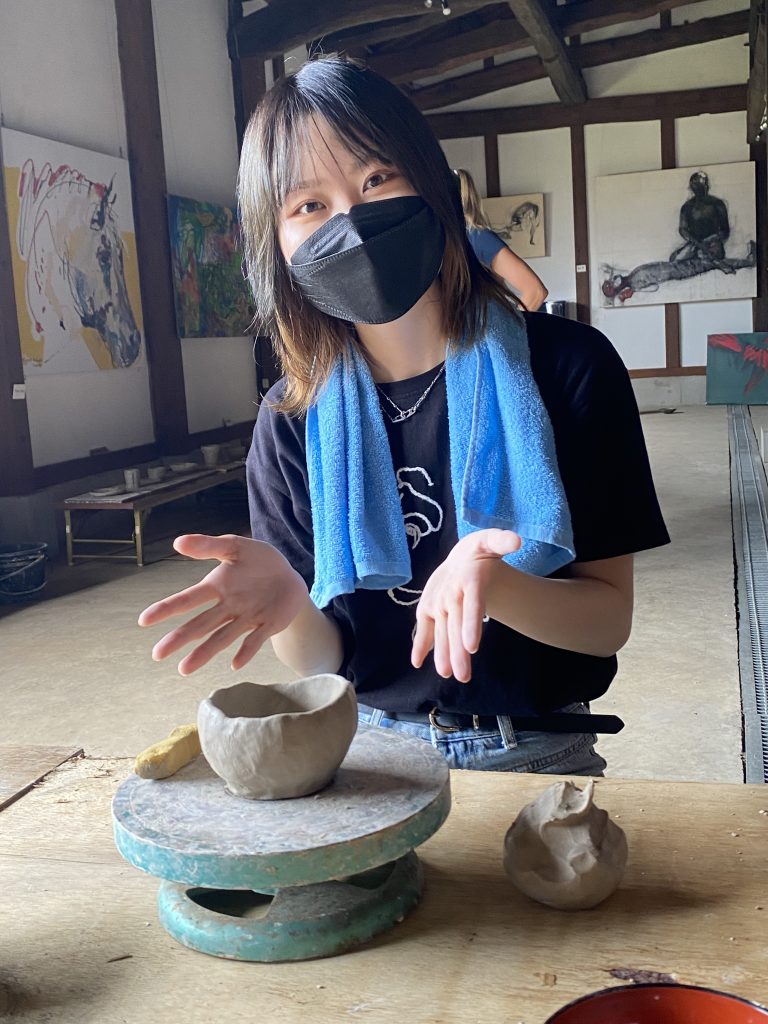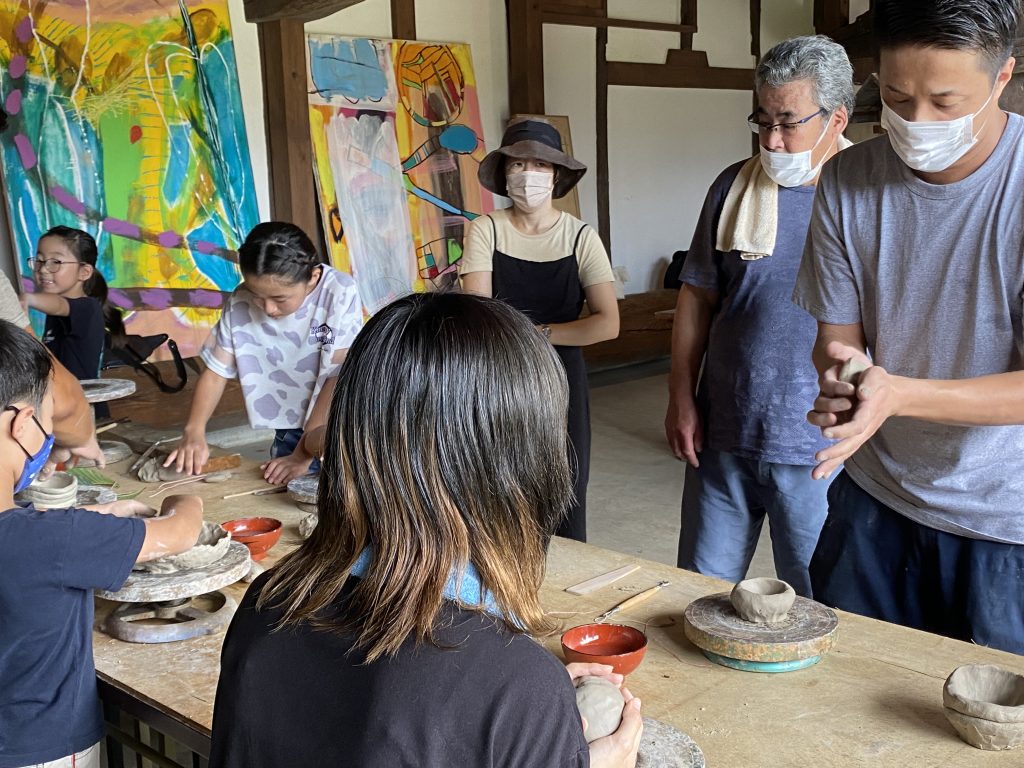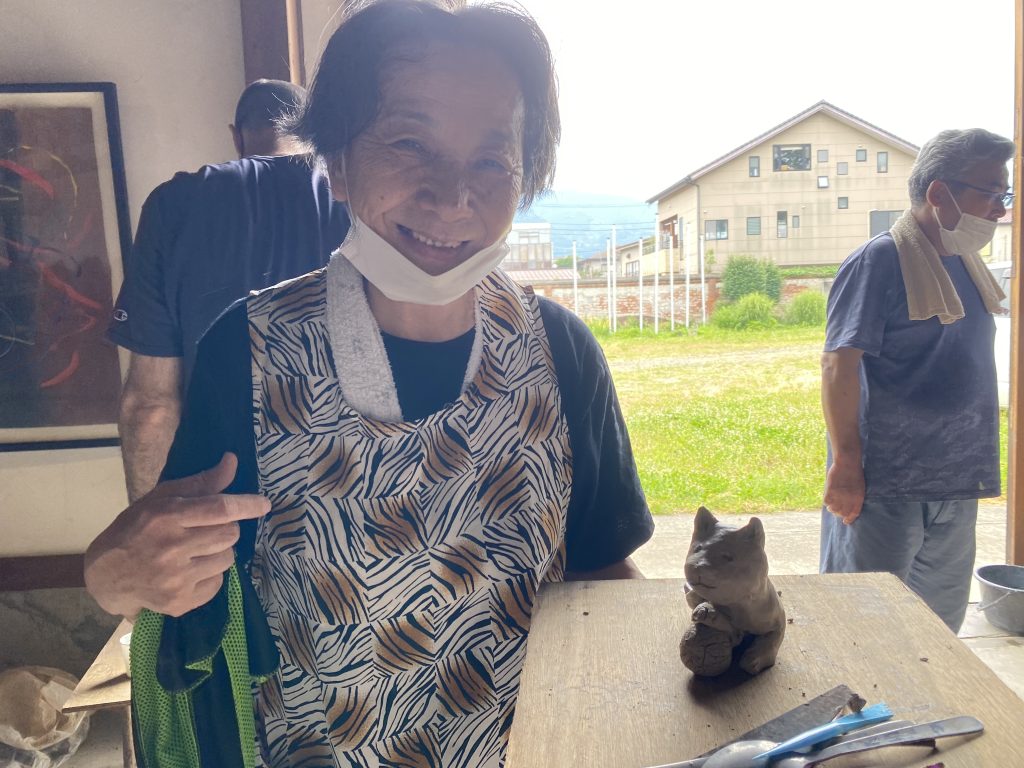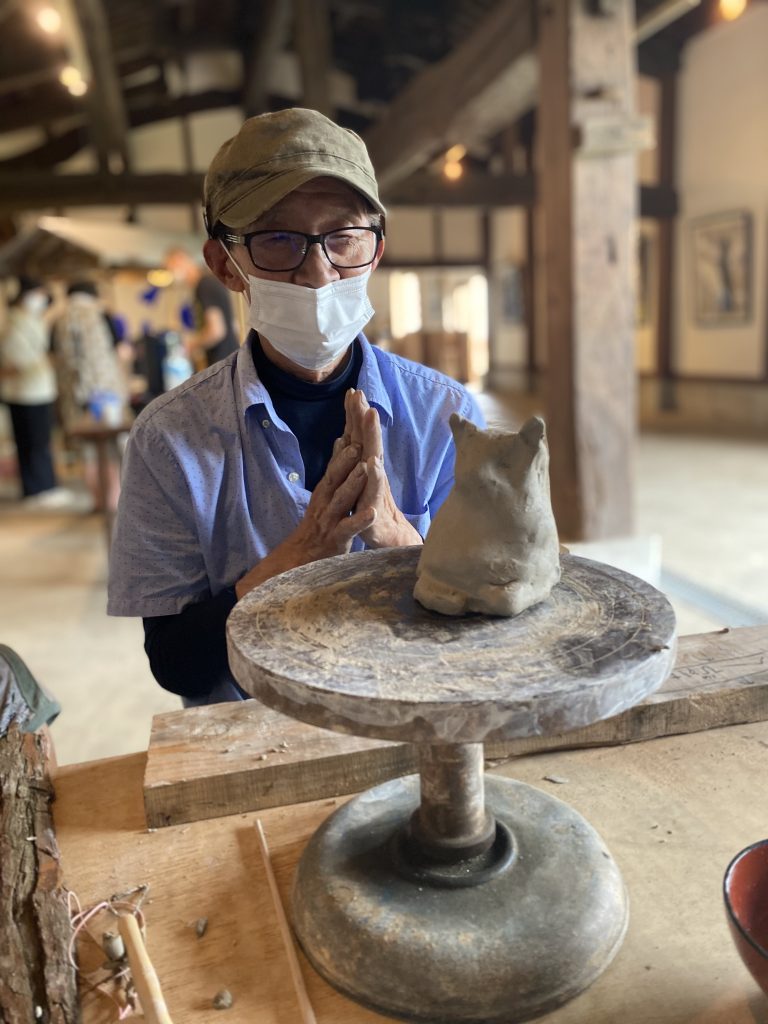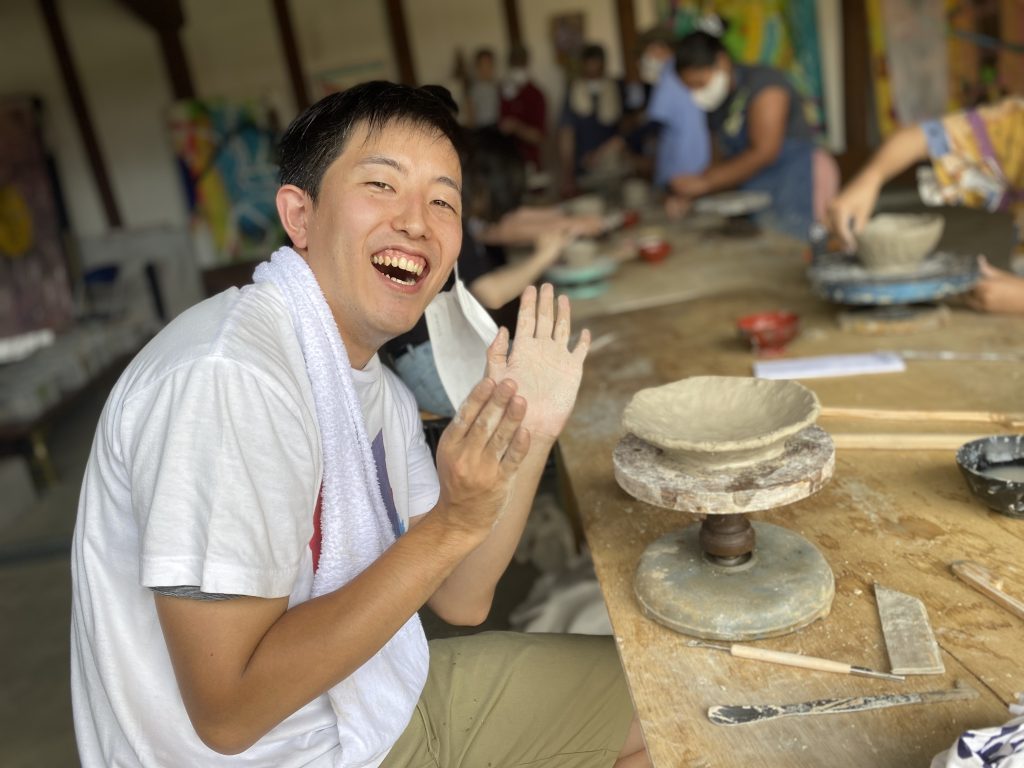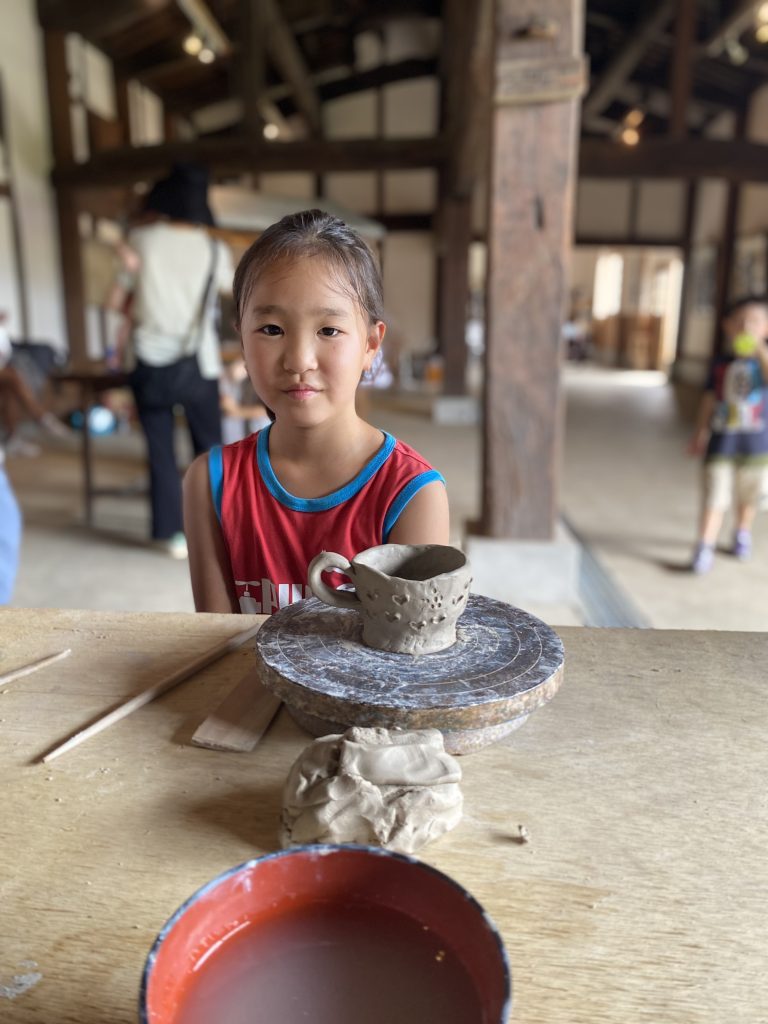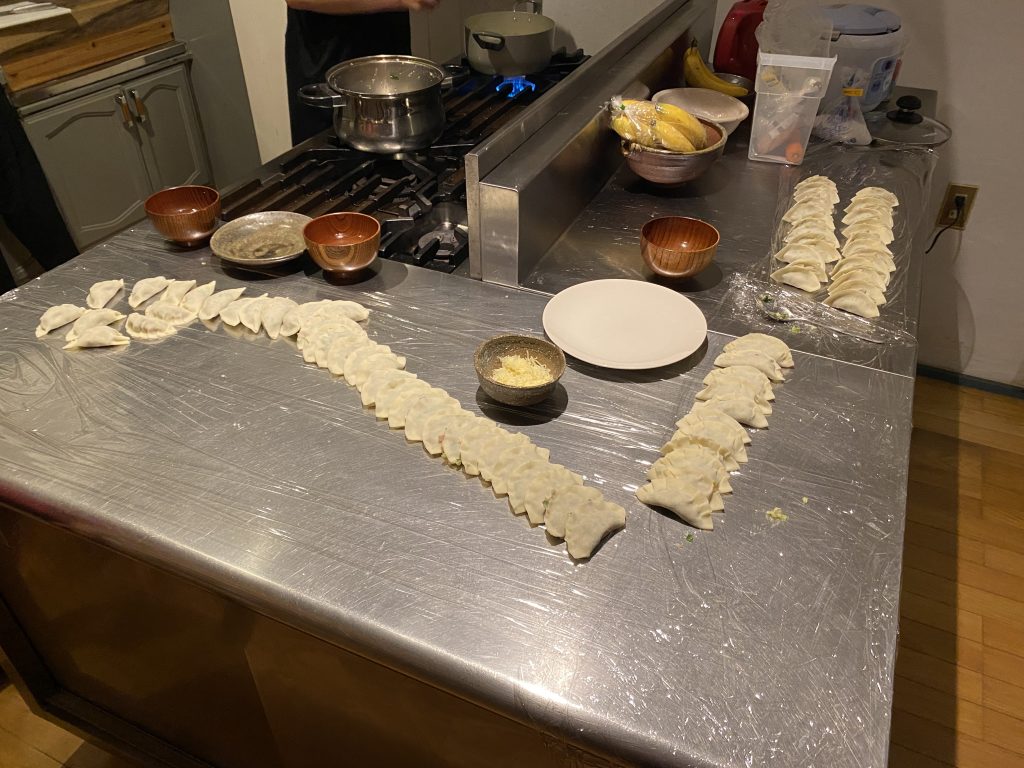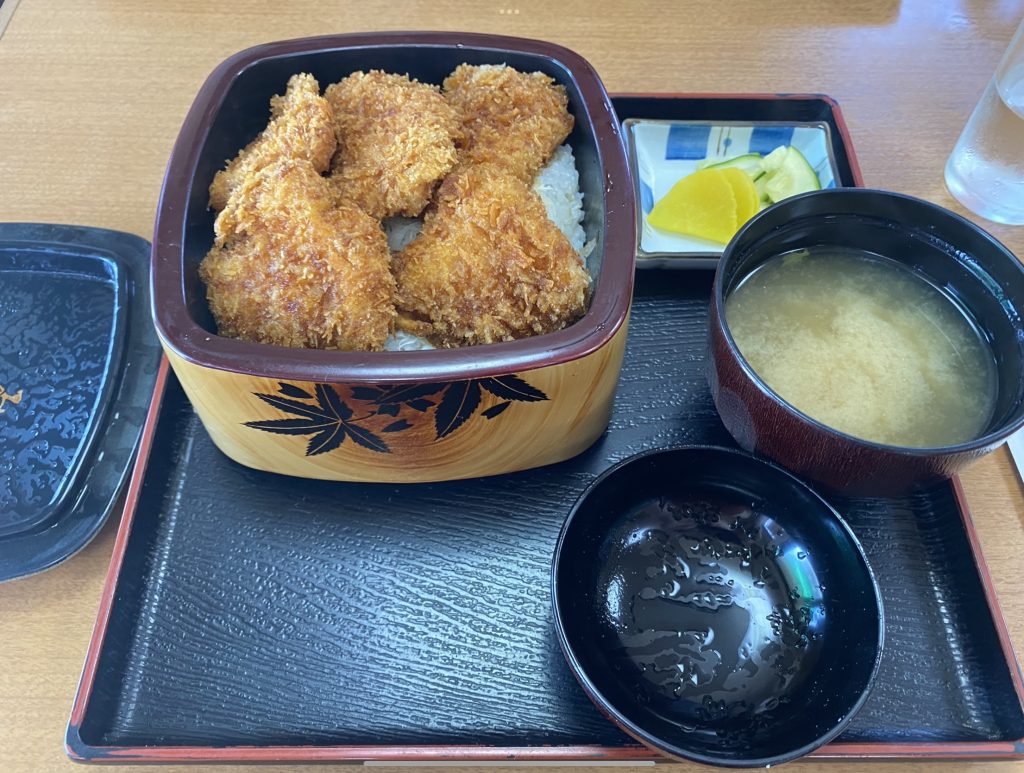(Suica – your best friend for using public transit while in Japan. It will get you anywhere, no problem.)
I’ll give you three guesses where we went this weekend, and the first two don’t count! But before you put your answers in, I should apologize for the delay in my posting schedule. the last few weeks have been full pedal to the metal, and i’m only now getting a chance to proofread and publish these. So thank you for your patience! it is greatly appreciated!
Now, if you guessed that we wen’t to Tokyo this weekend… you’d be incorrect.
(I’m kidding of course. That’s exactly where we went)
And oh goodness gracious me, did we have an interesting time while we were there.
To begin, all the trains we took to get to and around the city had electronic monitors with scrolling news on them along with list of the stops the trains would take. Every single one had the same warning displayed on it every ten minutes or so: ”The police departments are all now on a high alert.” If you’ve been keeping up with current events, then you know why they’d be showing this. In all honesty seeing that as a foreigner in an unfamiliar country did make me nervous, But I put those nerves aside for the time being to focus on other more travel relevant matters.

Before we even got to our hotel the first night, we’d already been asked to go out drinking by two different strangers (which we declined as politely as possible). Thankfully this did not set the tone for the rest of our trip, but that’s not to say that our visit was uneventful.
Beginning with our visit to the Pokemon center to getting stranded in Akihabara to seeing dogs in sunglasses in a cafe in Harajuku, we had no shortage of adventures while in the city. For educational purposes, I thought it would be helpful to share some of the most useful things we learned while in Tokyo for anyone planning to visit.
1.) Download Suica to your phone
I kid you not, this is a lifesaver. Suica is essentially a digital public transport pass that runs via your phone. Simply load a couple thousand yen onto it – or however much you think you’ll need for your journey, and scan your phone at any train station or bus stop to board. Your phone doesn’t need to be unlocked, it picks it up the same way it would if you were to pay with Apple Wallet or the Android equivalent.
2.) Use Apple Maps or Google Maps to figure out what trains to take
The Tokyo public transit system is incredibly complicated if you don’t know what to look for or how to read the signs. Map apps can act as a sort of cheat sheet to figure out how to navigate the stations. More often than not, entering your destination in and hitting transit route will also give you instructions for which exit to take when you disembark (a very important detail, as the wrong exit could spit you out somewhere completely different), platform numbers, line colors and symbols, and anything else someone well-versed in the transit system would already know. And another tip: If you’re trying to pull up directions but your phone can’t pinpoint where you are in the city, don’t chart a route from ”my location”. Instead, look for any convenience stores, restaurants, shops or establishments that you recognize and set your directions with that as your starting point. You are much less likely to get lost this way.
3.) Stay to the left side of the sidewalk
Sidewalks and streets here are reversed from the point of view of someone coming from America. Stay to the left hand side to be polite, and always keep an eye out for cyclists. They usually do a good job of minding pedestrians, but always check your surroundings just to be safe. Additionally, the stairs and hallways of many train stations will often have arrows and labels along the floor to indicate which way you should walk, depending on the line or platform you’re heading to. Follow these guides as best you can to avoid confusion, even if they may seem contradictory to the ”stay to the left” rule. They are there for a reason!
4.) Tokyo is very pedestrian friendly, but be conscious of the time
Always check when the trains and buses stop running in the part of the city you plan to go to. If you don’t, you could end up stuck an hour’s walking distance away from your hotel, like we did (Don’t be like us). And while our situation may not have been ideal, this does bring up a good point; Compared to the infrastructure of many American cities, Tokyo is very pedestrian and cyclist friendly. So if you can stand the heat, walking is always an option.
And that’s about it for any useful tidbits I have left to share. But, be aware that we only spent three days there at most, and our observations of the city are definitely not comparable to those with more experience. So remember to do your research! And if you need help there, most people are very friendly and willing to help you out. Just remember to be kind, courteous, conscious and use common sense, and you’ll do just fine.


